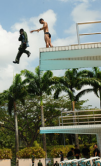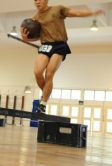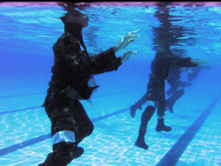OPS & TRAINING
DO YOU HAVE WHAT IT TAKES TO BE SPECIAL?
14 May 2010

Entry into the Special Forces (SF) fraternity is by invitation only, and before you can even be considered for it, you have to prove you have the necessary qualities at the Joint Special Forces Selection (JSFS).
The SF needs no introduction. They are the sharpest end of the Singapore Armed Forces' (SAF's) troops and are called upon to get the job done during critical situations and under extreme conditions. Naturally, their training has to be tough enough to ensure that they are able to carry out their missions safely and effectively, and that only the best and most committed make the cut.
With the formation of the Special Operations Task Force (SOTF) - which brings together the elite of the Army's Commandos (CDO) and the Navy's Naval Diving Unit (NDU) under a centralised task force - the selection of potential candidates and the training of those selected has also been integrated.
Aspiring SF troopers are now required to go through the common two-week JSFS and attend the eight-month-long Special Forces Qualification Course (SFQC) conducted by the Special Operations Tactics Centre (SOTAC) of the Commando Training Institute. The CDO and NDU no longer need to conduct their own selection and qualification courses.
There were two reasons for the creation of the JSFS and SFQC - to establish integrated SF training to better meet the operational requirements of the SOTF and to forge a common SF culture and bond in the SOTF at the foundation level.
By gathering a group of experienced instructors from both the CDO and NDU to conduct the JSFS and SFQC, resources are optimised and expertise is better shared. This ensures that first-class SF leaders and troopers are produced, explained Lieutenant-Colonel (LTC) David Lim, Commanding Officer of the SOTAC.
Open to all medically-fit (PES A or B) officers, specialists and enlistees of the SAF, the first JSFS saw 78 applicants. Only about a third made it through the stringent tests and moved on to the inaugural SFQC in April last year, with 17 trainees graduating as full-fledged SF troopers.
During the latest JSFS, 92 prospective applicants, ranging from Regulars to Full-time National Servicemen (NSFs) and Operationally Ready National Servicemen, tried out for the second SFQC, which began on 5 Apr.
For 2nd Lieutenant (2LT) Tan, an NSF detachment commander from the Army, it was a challenge not to be missed. On his decision to try out, he said: "The SF plays a very vital role in Singapore's defence and I felt that this was the best way I could serve my country and have a meaningful, challenging career at the same time."
Making the cut: Besides passing the standard medical checks, interviews and psychological tests, hopeful SF candidates must possess these three key attributes.
1) Physical Prowess
Running for long distances with a 6kg combat load. Swimming in the pool while fully geared up in combat uniform, load bearing vest, boots and weapon.
These are just two of the many challenges potential trainees have to face during the rigorous selection process. Many of these tests are designed based on tasks that an SF trooper would have to perform in real operations, explained Captain (CPT) Michael of the Special Forces Training Wing.
For instance, candidates are expected to quickly navigate through a series of obstacles - including a balancing beam and a simulated window - during the agility test. This simulates conditions SF troopers are likely to encounter in urban areas.
"Our aim is to see if they are capable of keeping up with the training programme once we start the SFQC," said CPT Michael. "These are basics that we won't focus on during the course, so even before the applicants move on to that stage, they should already meet a certain standard of fitness that we can improve on further."
2) Mental Resilience
Quitting becomes an increasingly tempting option when you are exhausted and faced with a stressful situation. So what drives the candidates on? Pure grit and mental tenacity.
For 2nd Sergeant Siew, a section commander from the Army, the thought of dropping out was something that inevitably popped into his mind during the extended periods of gruelling tests and arduous training. But he added: "It's your determination that makes a great difference - you definitely won't make it through if you come here half-hearted."
Private Kuna, an NSF from the Navy who confessed that he is a terrible swimmer, admitted that he was initially nervous about the water confidence test.
3) Adaptability
To carry out special operations successfully, resourcefulness and adaptability are must-haves for every SF trooper.
Through high-intensity individual and team situational tests (SIT TESTs), candidates are evaluated on whether they are able to think and function effectively in an unfamiliar environment, while under great physical and mental stress. Instructors also assess each candidate's leadership potential and ability to work together as a team.
"What we're looking for is an alert trooper who is able to deal with dynamic situations by applying whatever is needed to complete his assigned task," elaborated LTC Lim.
"When you disrupt the body's natural clock, it causes fatigue to set in even faster.
That is one reason why the SIT TEST is held late at night," he added. "We know that all the candidates have a certain level of fitness, so what we really want to test is their ability to adapt and how far they can push themselves."
ALSO READ IN OPS & TRAINING
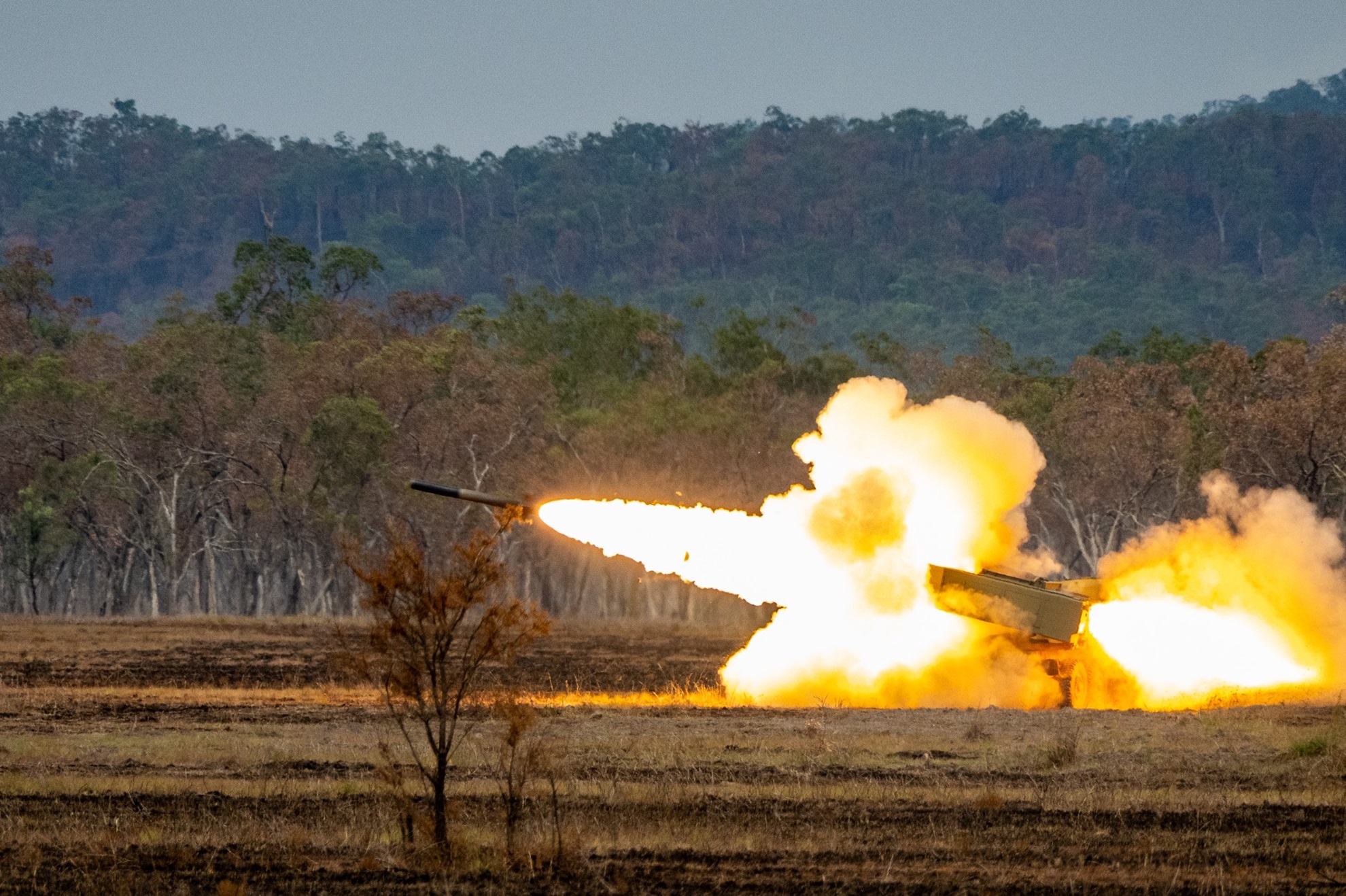
Exercise Wallaby 2025: To see better, shoot faster
31 Oct 2025
The SAF focuses on complex strike missions and multi-domain integration in Exercise Wallaby 2025, the 35th edition of its largest unilateral overseas exercise.
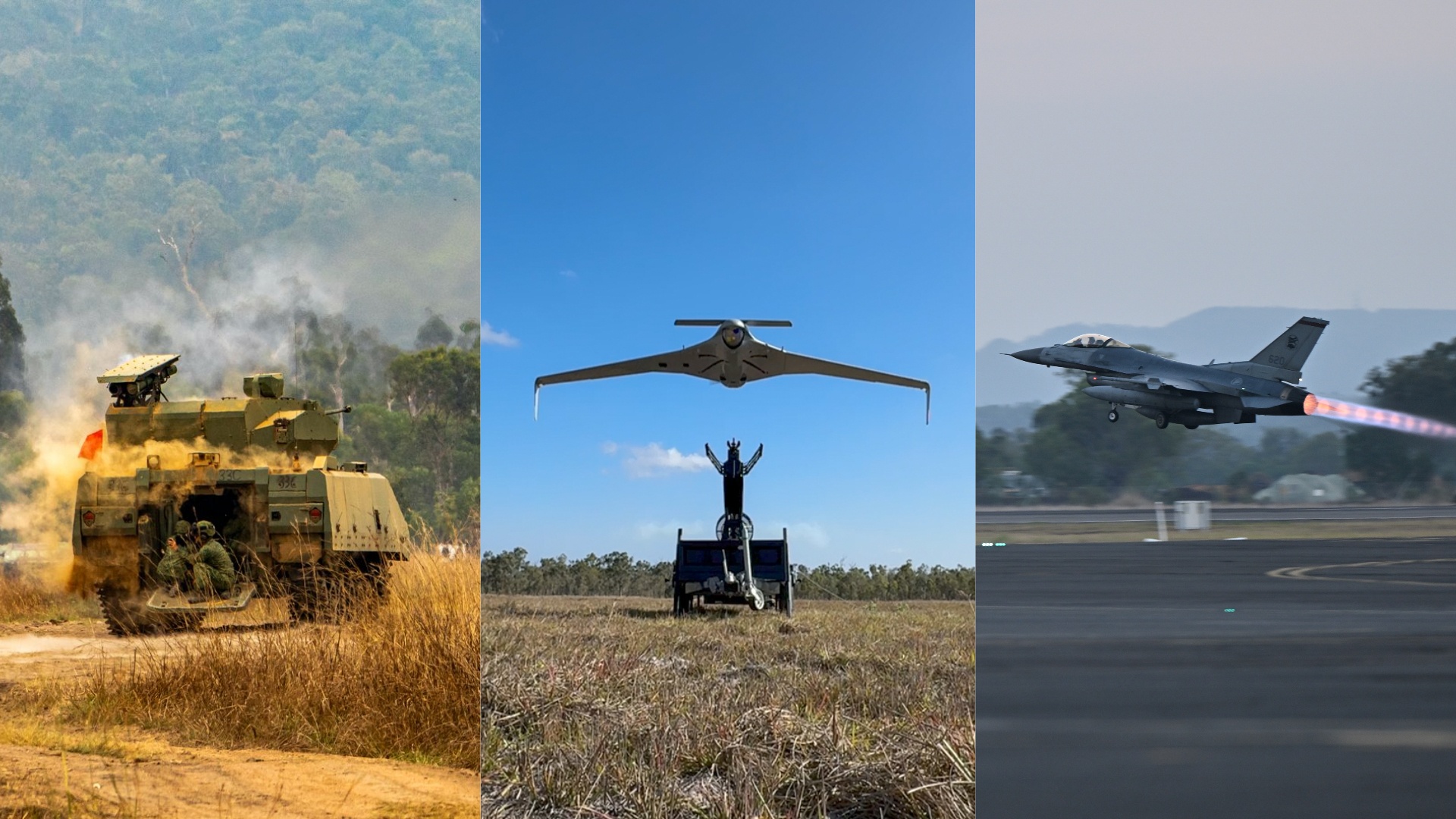
Ex Wallaby 25 – Greater Integration and Complexity
25 Oct 2025
The 35th edition of the SAF’s largest unilateral overseas exercise is an opportunity for expanded scale and deeper integration towards an effective, networked fighting force.

Ex Forging Sabre ramps up use of unmanned assets in integrated strike operations
12 Sep 2025
In this 10th edition of Exercise Forging Sabre, the SAF sharpened its cutting edge for the dynamic modern battlefield, with expanded integration between manned and unmanned platforms.

